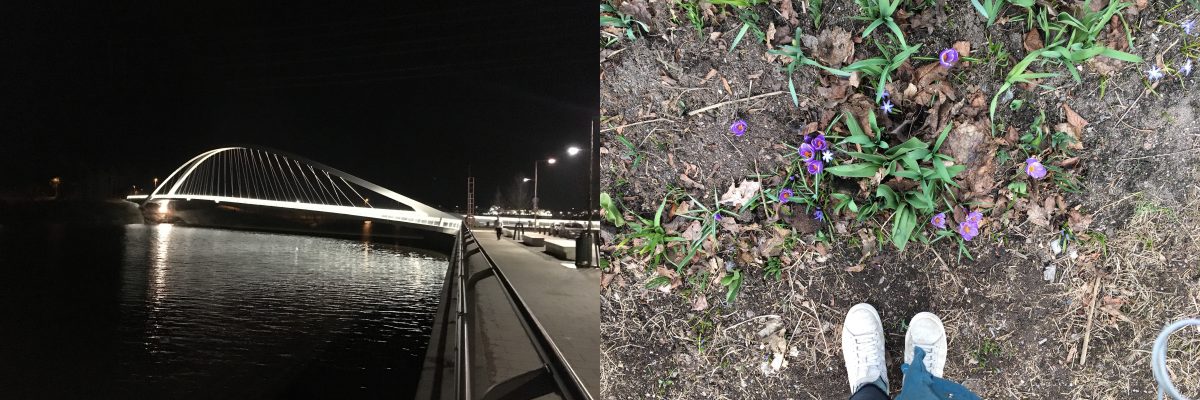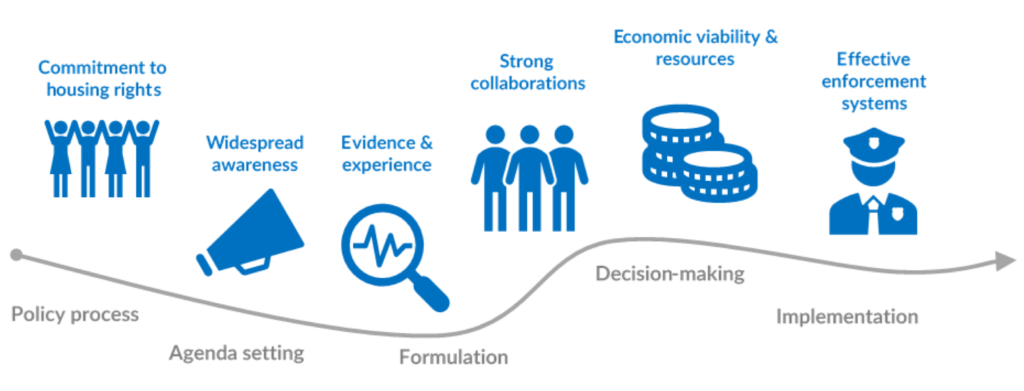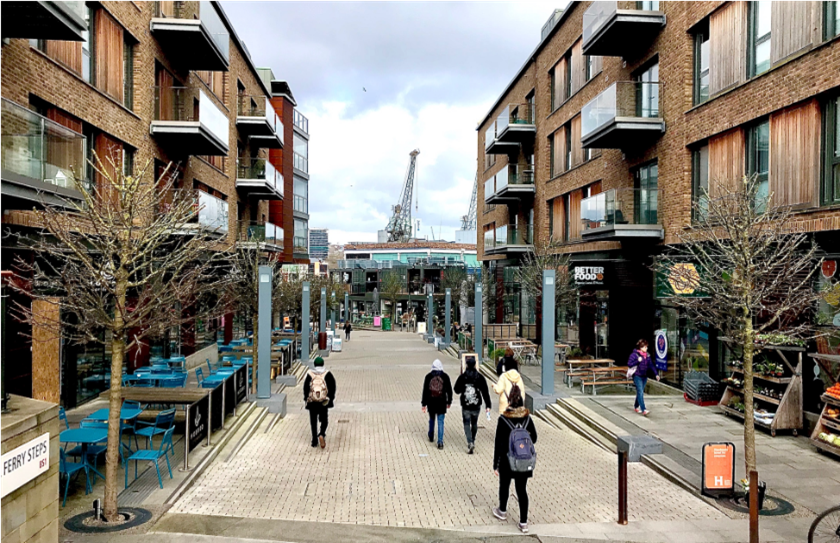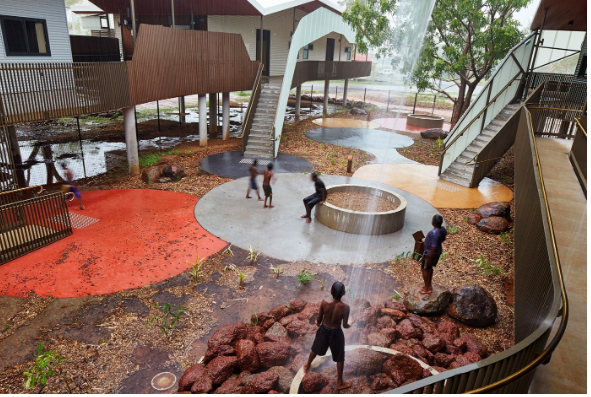City Know-hows

Target audience
Urban planners, traffic planners, municipal politicians.
The problem
In March 2020 the pandemic started to grip Helsinki, Finland. Public commentaries by journalists, researchers and politicians predicted that urban growth will take a halt and people will flee the city, looking perhaps for permanent housing elsewhere. From the beginning of the spring urban green areas were becoming crowded with pedestrians, at previously unseen hours. However, no planning interventions were made to enhance pedestrians’ space to walk.
What we did and why
I was interested in how young adults living in the most densely populated parts of eastern downtown Helsinki related to their lived environments and the new-found pastime of walking. Which places would be attractive when commercial services were closed and other people in the streetscape may be seen as threats? How was the question of mobility and exceptionality of urban life solved amongst this group of capable and urban-savvy residents?
Our study’s contribution
This study adds knowledge on pedestrians’ tactics to shape the environment to their needs. The qualitative interviews, survey and instant messaging group data demonstrates the types of meanings urban space gains in a time of high exceptionality in urban life. The study also examines the relationship between the urban citizen and the political-governing dimension of the city, namely urban planning. The study shows how mediated representations of walking impact people’s behaviour and sentiments in public space.
Impacts for city policy and practice
Walking presents as a sensorially and emotionally sensitive subject matter in which walking should be looked at from the point of view of connection, motility and spatial justice. Although a certain degree of centralization of communication in a crisis situation is necessary, my study argues that municipalities can take an active role in campaigning for safe urban walking and alternative walking routes, even if no planning interventions are made.
Further information
Not available.
Full research article:
Related posts

The foundation is to generate awareness and evidence of existing housing conditions and their health impacts. Then collaborate across sectors and with stakeholders, establish effective enforcement systems, and tackle issues around private rights.

This paper investigates how the project development of Wapping Wharf in Bristol impacted the dwellers’ well-being. It finds that the relationship between urban placemaking and dwellers’ wellbeing is not just constitutive, but also mutually reinforcing.

Rain waterfalls, patterns of dappled light, and visual connections with nature. The Walumba Elders Centre (Warmun Community, Western Australia, 2014). Photographer Peter Bennetts